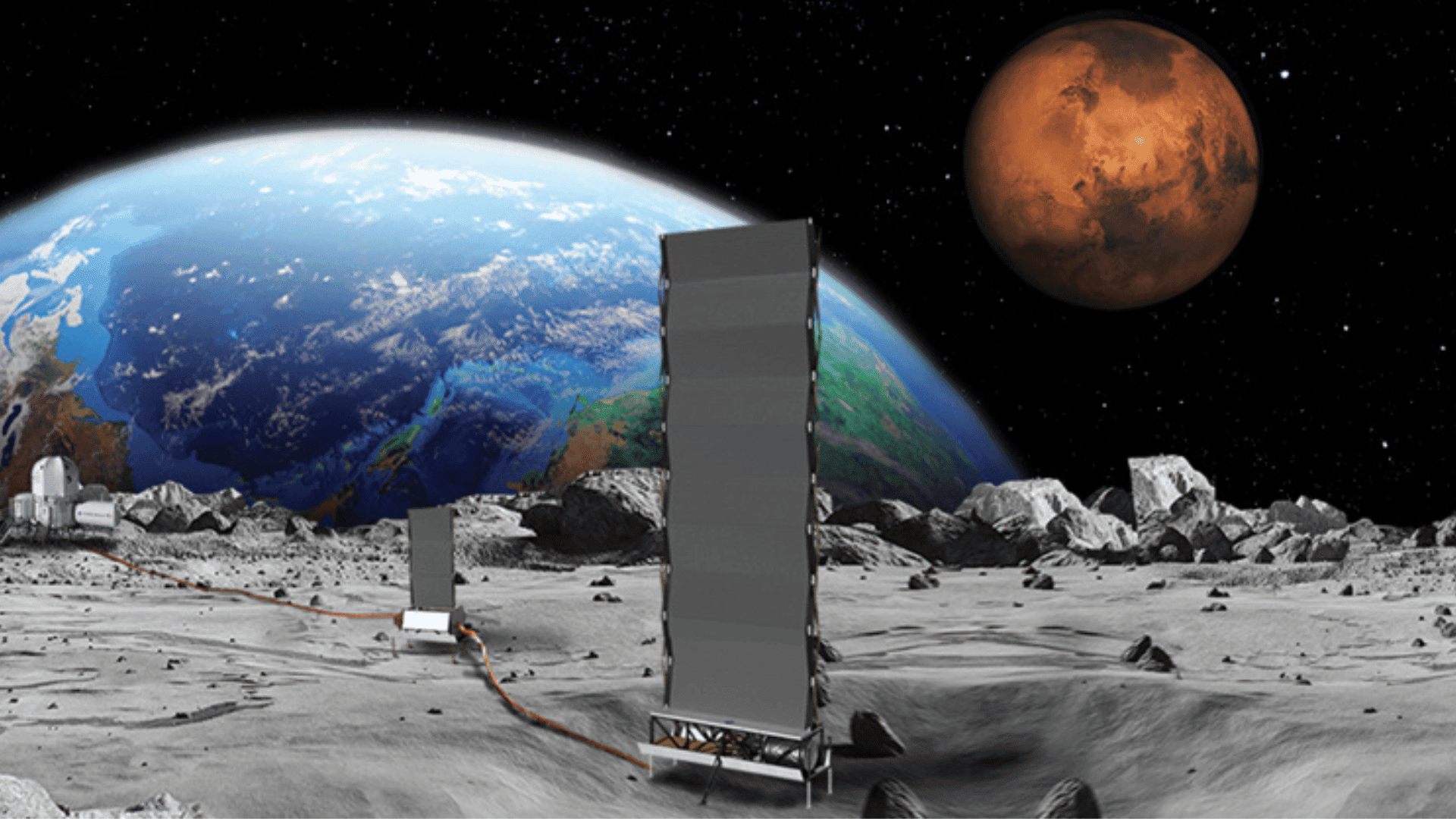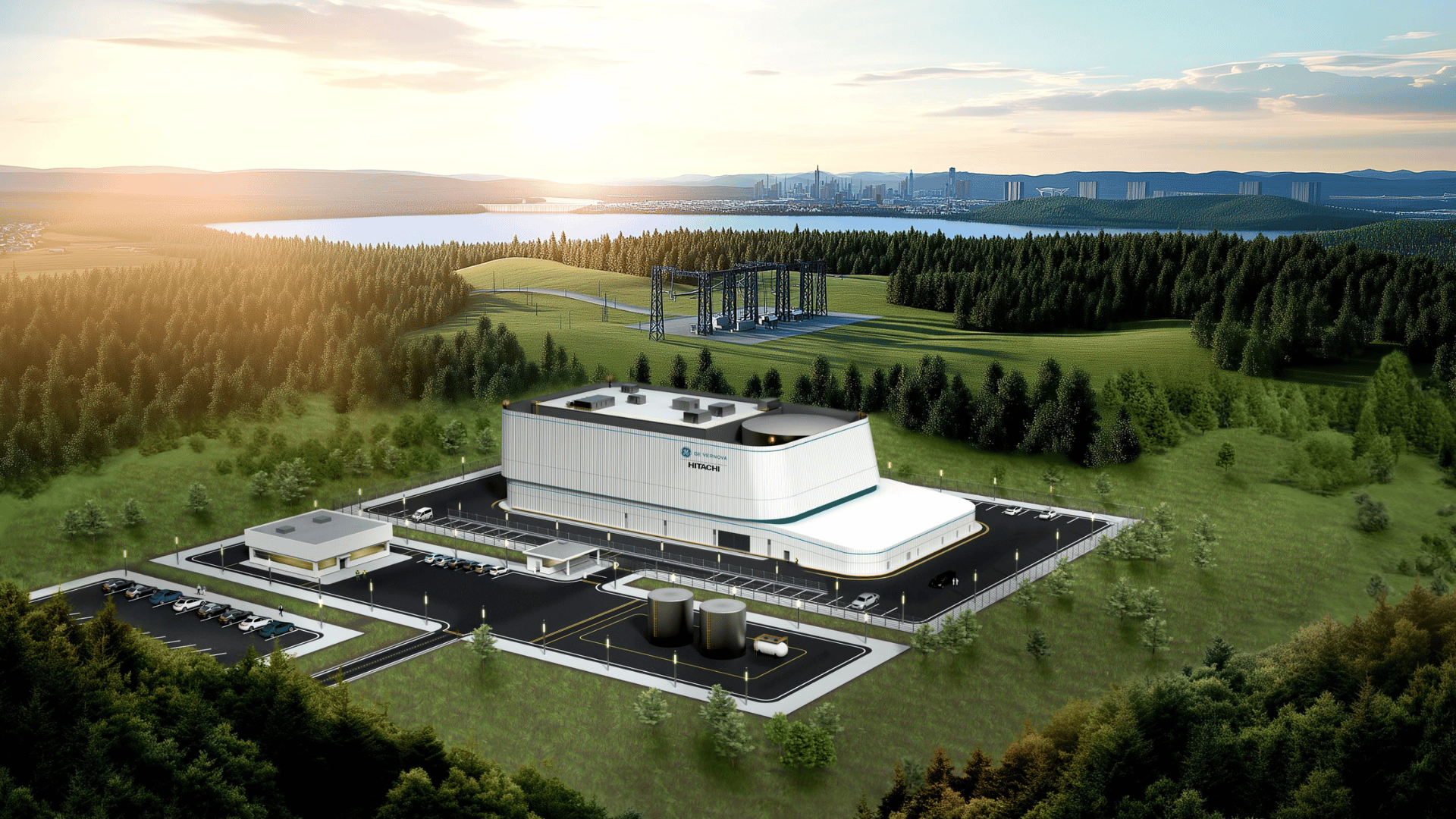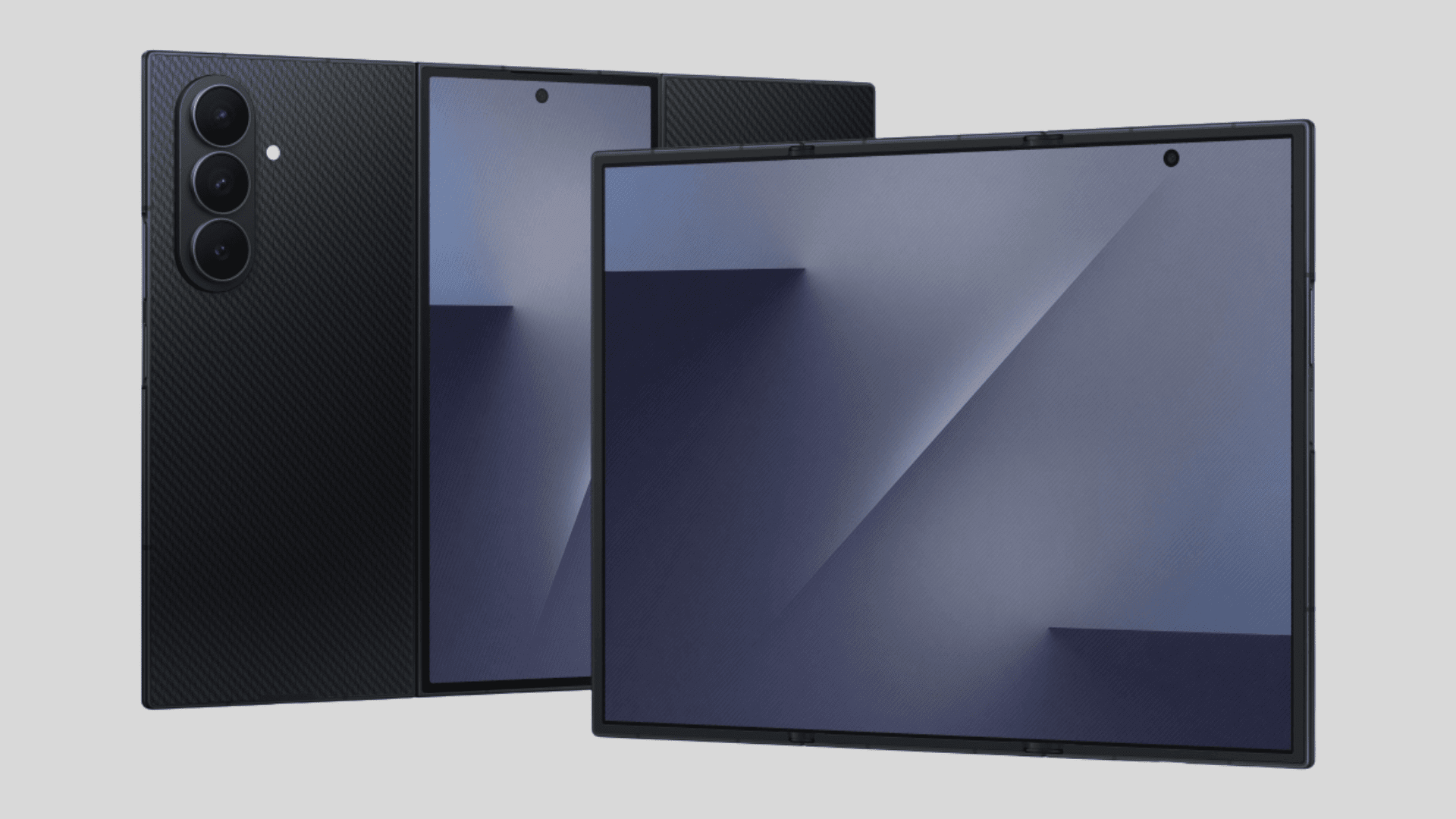NASA wants to use nuclear energy to generate electricity on the Moon. The agency is advancing its plan to develop a small nuclear-fission reactor for future use on the Moon and Mars. NASA and its commercial partners finished the initial phase of the project, which focused on developing concept designs for the reactor.
NASA’s search for initial designs started in 2022 when the agency awarded three $5 million contracts to commercial partners. The requirements included power conversion, heat rejection, and power management systems. In addition, the agency wanted an estimated cost and development schedule. Ultimately, its goal is to power a human presence on the Moon for at least 10 years.
NASA’s program director for Technology Demonstration Missions, Trudy Kortes, said, “A demonstration of a nuclear power source on the Moon is required to show that it is a safe, clean, reliable option.”
Generating Lunar Electricity With Nuclear

Kortes emphasized that nuclear reactors have a significant advantage over solar power systems because they do not rely on the Sun’s energy to operate. Kortes says this is crucial because operating during lunar night is a major key for long-term exploration and science efforts on the Moon. Unlike solar power systems, nuclear reactors operate continuously, even in shadowed areas.
NASA intentionally flexed its initial design requirements because it wanted to encourage its partners to be innovative.
“We didn’t give them a lot of requirements on purpose because we wanted them to think outside the box,” said Lindsay Kaldon, Fission Surface Power project manager at NASA’s Glenn Research Center.
However, NASA did have a few key requirements. First, the reactor needs to weigh less than six metric tons. It must also be capable of producing 40 kilowatts (kW) of electrical power. Finally, the reactor must operate for a decade without human intervention. In addition, NASA is strongly focused on safety, especially concerning radiation.
NASA scientists say the partners included companies with terrestrial nuclear and space expertise. As a result, the agent received many ideas on how the reactor would be powered and controlled. NASA is extending Phase 1 contracts as it moves into a new phase planned for 2025.
Following Phase 2, NASA says the target date for delivering the reactor to the launch pad is the early 2030s. Then, the reactor will undergo a one-year demonstration on the Moon, followed by nine years of operation. If it’s successful, the reactor will be updated for future use on Mars.
Rolls-Royce, Brayton Energy, and General Electric are the partners that received contracts.







